Virtual Training 101: The Complete Guide For Managers
Once considered a supplement to the standard training program, virtual training ...
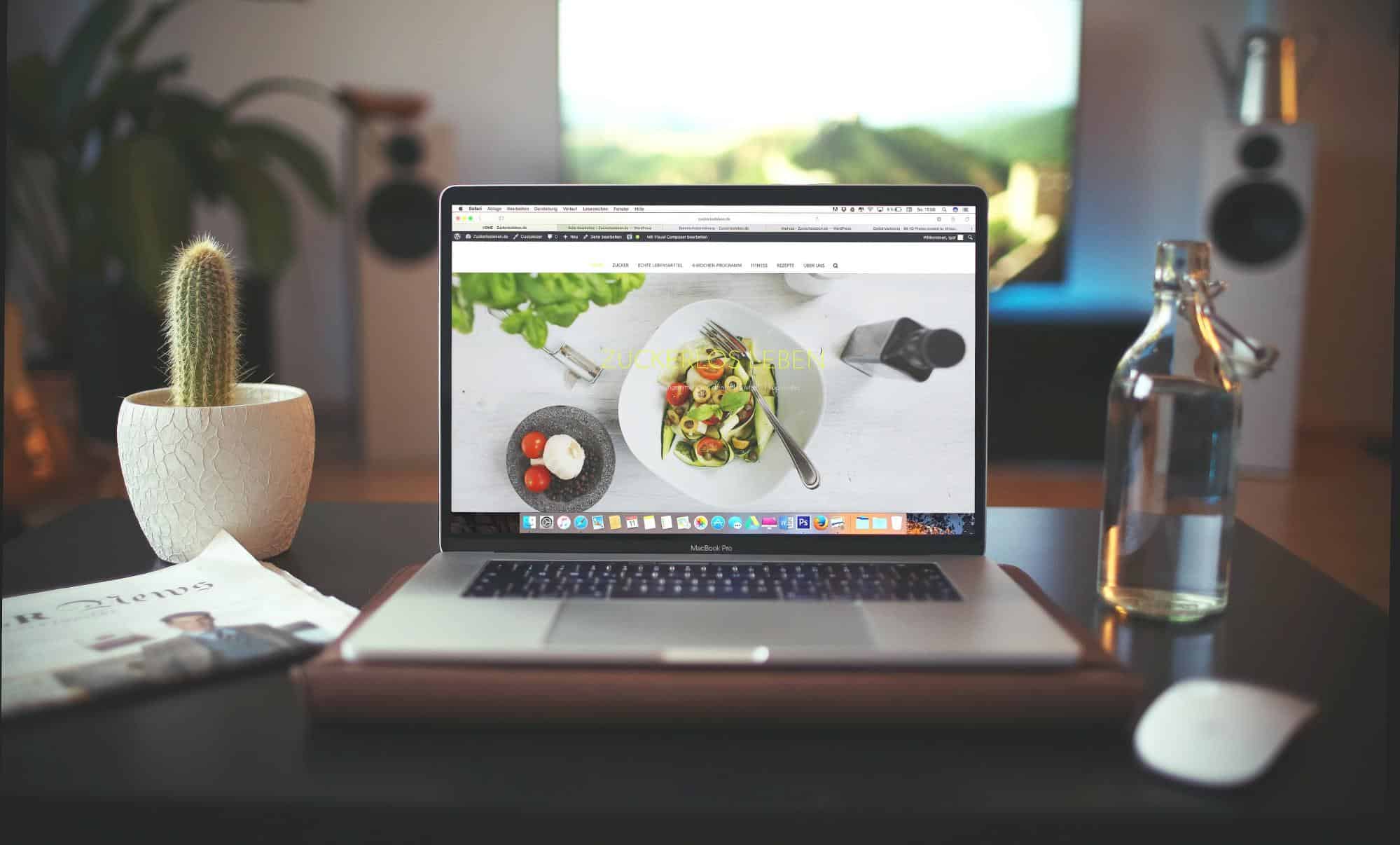
Restaurant marketing has changed dramatically over the past 20 years. With the rise of the internet and the ubiquity of smartphones and tablets, the vast majority of marketing efforts are concentrated online.
But there are still effective marketing channels available offline too. We’ve compiled some of the most effective restaurant marketing tips to help you win your market.
Video is all the rage these days. All you have to do is look at the popularity of YouTube to get an idea of how popular video is. Get in the game by producing a high-quality video of your chef preparing her signature dish.
People love to see behind the scenes. Post it on every social media channel you can think of. Make this a weekly feature to highlight your offerings.
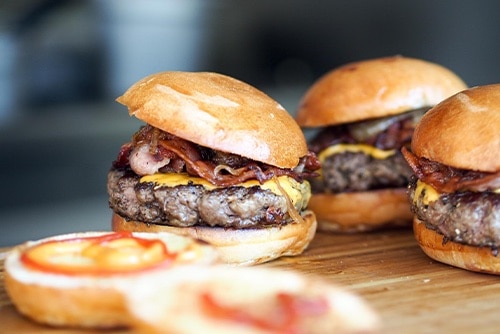
There’s nothing like high-quality photos of food to whet your customers’ appetites and get them in the door.
Hire a professional photographer to snap some mouth-watering images of your food. Then, like the video you shot, display them on all your social media channels, on your website, and in your blog posts.
Text message marketing is a great way to gather customer information and keep them thinking about your food.
Set out a table tent that offers a free dessert if the customer texts a certain word (like “dessert”) to your number. Use that contact information to send out weekly specials to keep customers coming back.
Social media is everywhere these days because billions of people are using it. So if that’s where your customers are, that’s where you should be, too.
At the very least, you should have an account on Facebook and update it once a week, if not once a day. Other excellent social media options are YouTube, Snapchat, Twitter, Instagram, and Pinterest.

Operating a food truck can be a pricey restaurant marketing road to take, but the results can be amazing. A food truck enables you to extend your reach, generate positive press and word-of-mouth, and expose new customers to your delicious eats.
Consider offering a limited menu from your food truck while promoting the expanded menu at your brick-and-mortar location.
In the age of data sharing, social media, and custom apps, the fish-bowl business card giveaway may seem like a waste of your time. Trust us, it’s not.
People with business cards are always looking for ways to hand them out. It’s only natural for them to drop one in the giant fishbowl on your counter for a chance to win a free appetizer. You can then use that information to expand your text-message or email marketing list.
There’s nothing like topping the list when your customers search for local restaurants. Make this a priority and watch your business soar.
Key things to work on include optimizing your listing on Google Maps and making sure your Yelp! Profile is complete.
Not sure how to get your website on page one? Contact a local SEO business or go the DIY route instead.
Is your anniversary or other special occasion coming up? Organize a VIPs-only special event and invite local media to attend.
People love to party and if you make the event fun and memorable, attendees will remember your restaurant for some time to come. It may even generate positive press, which is always a good thing.
If you don’t already have a restaurant website, that should be your priority. A digital footprint, regardless of how small, is paramount in this age of smartphones and tablets. And your custom website is the foundation of that digital footprint.
Does the thought of making a website feel daunting? Try Squarespace or WordPress. They’re both quick and easy ways to put together a professional-looking website.
Everyone likes to be an “insider” so give your customers that opportunity. Offer specials via social media channels, like Twitter and Facebook, that reward followers for being engaged.
One-day-only deals and specials that only last an hour are great ways to keep customers checking their feeds for your information.
Starting a blog is a great restaurant marketing tip that can pay huge dividends over time.
For one, a blog is an outstanding way to develop your restaurant’s personality, engage with customers, and build community around your food. For two, if you incorporate SEO best practices (and you should), you can acquire readers who may become patrons.

Yes, people still read newspapers. These outlets — be they print, online, or both — can be a great way to reach demographics that aren’t fully plugged in to the online world.
Most local papers have a coupon section. This can be a great place to offer 25% off an entree or the opportunity to get a free appetizer by mentioning the ad.
Delivery can be a big deal, especially in larger markets. Consider partnering with a delivery service like GrubHub, Delivery.com, or another local company.
Offering delivery can tap a market that you didn’t even know existed and expose first-time customers to your food.
Developing your brand identity can help you target the right audience in all your marketing channels. Do you cater to more upscale clientele looking to get dressed up and dine in style? Or do you cater to the sports-wings-and-beer crowd?
Understanding your target audience — and building your brand around them — can help you focus your marketing to where these people are.
Make sure that your digital details like address, menu, phone number, and hours are correct. This is on par with having a working website — it should be one of the first things you do.
Eighty-nine percent of diners research a restaurant before actually going there. If your contact information is incorrect, you’ll likely lose customers you didn’t even know about.
Media outlets like TV and radio can still be highly effective ways to market your restaurant. If you’re hosting a special event, invite a radio station to do a remote broadcast.
If you’ve got a compelling story, contact a local magazine to get the story out.
Food bloggers can be a powerful voice for your restaurant if you let them. Many of these foodies have huge followings and can do wonders for your reputation. Consider offering a free meal or dessert in exchange for reviewing your restaurant.
Asking customers to rate your restaurant on social media sites like Google+, Yelp, and Facebook can do wonders for your online reputation. You might even offer a free dessert if they do it right there in the restaurant.
Good publicity can go a long way toward making your restaurant marketing successful. Be sure to keep track of any and all publicity you receive (paid or otherwise) and broadcast it through every channel you have available.
Good service can make or break a restaurant these days. So if you’ve got it, flaunt it. Consider highlighting a stellar employee through your blog or a video post to show off your exceptional service.
This also goes a long way to keeping your employees engaged and showing them that you appreciate their work.
Like the text message, an email newsletter can be a cheap and easy restaurant marketing tool. Consider broadcasting your newsletter once a month so your message isn’t lost in inbox clutter.
And don’t neglect to include plenty of pictures, videos, and upcoming special events to keep the customer involved.
Geo-targeting allows you to target consumers in certain cities or within a specific area. This is the gold standard for restaurants that rely solely on local customers because they can get their best ads in front of the customers who matter most.
Google offers geo-targeting (through AdWords) as do Facebook and Twitter.

Customer loyalty is the measure of a consumer’s willingness to do repeat business with your company or brand and is an essential part of making your restaurant a success in the 21st century.
The best way to generate repeat business and forge a bond with your clientele is to start a customer loyalty program.
Not sure how to go about creating your own program? Here are some of the best ideas to get you started.
For more details on these restaurant marketing strategies, and for more ways to improve customer loyalty, check out these articles from the Sling blog:
Diners want to know what they’re getting before they visit your restaurant. Make it easy for them to find out.
Post a high-quality, easy-to-read, up-to-date menu on your website and your most-visited social media outlets.
Need tips for creating the best menu possible — both in-house and online? Check out these helpful articles from the Sling blog:
Getting your business’s name attached to community events is a proven restaurant marketing tactic and a great way to spread goodwill and good feelings among potential customers.
There are dozens of ways to involve your business with community events. Keep your eyes open, be creative, and choose the opportunities that are right for your restaurant.
Here are some suggestions for ways your restaurant can get involved with community events:
This last idea — sponsor a sports team — is particularly effective. Generations of kids-turned-adults remember playing t-ball or pee-wee football for their local Dairy Queen or Pizza Hut.
We still have fond memories of ice cream bars after a hot day’s game or a pizza party at the end of the season — and still frequent those restaurants to this day.
Your restaurant can be those good memories for a whole new generation when you tailor your restaurant marketing with the community in mind.
Everyone loves a good game. Your current customers — and potential customers — are no different. Creating a contest of your own is a great restaurant marketing tactic to get people involved in your brand.
Simple and effective ideas include:
Whether you choose to run your games in real life (IRL) or online, they’re a fun way to reach a whole new level of customers.
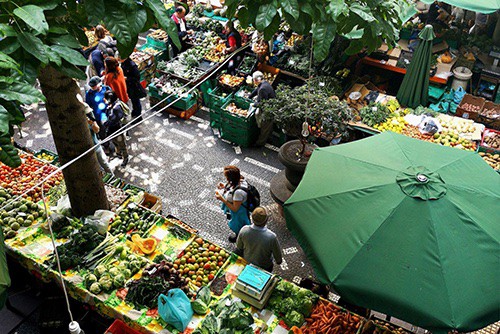
This restaurant marketing tip may take a bit of work to complete, but the rewards are well worth the effort.
Take your restaurant on the road by setting up a booth at a local craft festival, farmer’s market, or music festival. With the right mix of tasty treats and brand advertising, you’ll entice new customers to visit your permanent location.
A “pop-up restaurant” like this is also an effective way to promote your grand opening and build excitement even before you open your doors.
No, you can’t allow pets into a formal dining establishment, but you can show your customers you care about their furry friends as well.
Take a page from some of the big-name franchises and offer a special menu just for pets or “doggie bags” your customers can take home to the four-legged members of their family.
People love their pets. And when you show that your restaurant cares too, you create a powerful bond that goes a long way toward creating lifelong customers.
Music has a way of attracting people’s attention and piquing their curiosity. That makes it an ideal — and inexpensive — restaurant marketing tactic.
Pipe family-friendly, on-brand music through an outdoor speaker to catch the ears (and eyes) of people walking by. If you want to get a little more involved, schedule some live music at your restaurant (either indoors or outdoors).
Not only will you entice regular customers to come back for the special event, but you’ll also attract fans of the band who then get a chance to experience what you have to offer.

Engineering your in-house menu can help set you apart from your competitors and can serve as one of the most versatile restaurant marketing and business strategies in your arsenal.
Successful menu engineering doesn’t depend on the type of restaurant you run. Nor does it depend on the size.
What really matters is your willingness to commit the time and effort necessary to understand your target audience, your restaurant and the data it produces, and the process of menu engineering as a whole.
With that information in mind, you can then make the changes that will benefit everyone involved and create a restaurant marketing tool like none other.
We’ve already talked about making your menu the best it can be — whether it’s your in-house menu, your online menu, or a secret menu known only to your loyal customers — as a tool for restaurant marketing.
A big part of making all that work is getting your pricing right.
Take the time to study your market, focus on what makes your restaurant different, and calculate your prime costs (among other things) as a way to make your restaurant more profitable, marketable, and appealing to your customers.
Make it a point to respond to as many online reviews as possible — especially the negative ones.
Responding to the positive reviews shows that you’re involved with your customer base and want them to be happy. But, if a customer had an issue with some part of the experience, apologize and invite them back in with a special offer and the promise to make everything better.
In many cases, the dissatisfied individual may even delete their negative review and post a more positive entry.
The right background music in the right situation — and the volume at which you play it — can have a significant effect on customer satisfaction and the eventual word-of-mouth restaurant marketing in which they’ll engage.
In fact, when done right, tweaking your playlist may even boost food and drink sales. That’s worth the time and effort that goes into researching and assembling the playlist that is best for your business.
As a restaurant marketing idea, getting involved with a charity of some kind is a great way to attract new customers, increase guest loyalty, and even boost staff morale — all while supporting a good cause.
Contrary to popular belief, being charitable doesn’t necessarily mean you have to give money.
Instead, you could give of your time and energy by signing up for a walk-a-thon. Or, you could give of your unused space by inviting a local charity to host their monthly meeting in your private dining room.
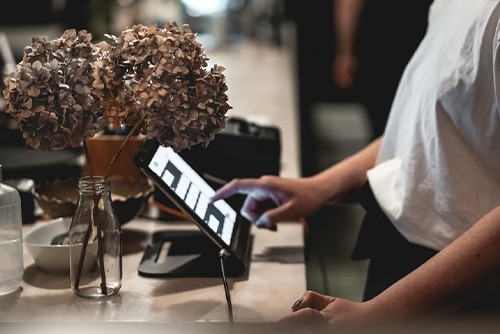
At first glance, upgrading your point of sale (POS) system may not seem like a restaurant marketing tactic. But, remember, everything contributes to the customer experience.
A streamlined and efficient POS can speed up order processing times, get food to customers faster, and improve the way your guests feel about your restaurant.
Grab a handful of menus and visit your neighbors. Hand out the menus and invite them to come in — or order out — for lunch from your restaurant.
You may even give them a discount as an incentive to do so and forge good relationships with those businesses nearby.
Think of this type of restaurant marketing as the first link in the chain of word-of-mouth advertising that can yield big results.
Depending on the type of restaurant you run, you might consider adding trivia and games for patrons to play while they wait for their food.
These types of activities can encourage guests to stay longer, order more food and drink, and even return more often.
As an added bonus, trivia and games can motivate them to talk about your restaurant long after they’ve left. That’s good restaurant marketing.
If your restaurant is near some local breweries, find one or two that you like and offer to carry their beer in your establishment.
If that seems like too big of a commitment right now, invite them to bring in a keg for a special event and see how it goes over.
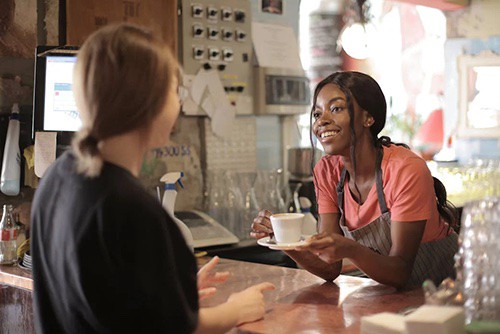
Asking for — and acting on — guest feedback is a great way to show your patrons that you really care. If you can work it out, include that feedback in other forms of restaurant marketing.
As mobile technology continues to spread, more and more people are using restaurant reservation apps to find and schedule their dining experiences.
Listing your business on a reservation app is an easy way to pull in new business while, at the same time, offering a streamlined service to your regular customers.
Online communication is the norm these days, but old-school direct mail (i.e., the U.S. Postal Service) does still exist and is a great way to cut through all the digital clutter that clogs up your target audience’s inbox.
Consider sending restaurant marketing items such as flyers, postcards, menus, and other promotional material through the mail as a way to stand out from the crowd.
Creating a web-based app of your very own comes with many potential benefits, including:
A web-based app that loads quickly, provides a good user experience, and is easy to use can serve as its own form of advertising and may even boost sales in the process.
It seems like every day of the year is dedicated to something. Why not take advantage of those food holidays by drumming up excitement for your regular dishes and drinks?
You may focus on a particular culture or cuisine, or opt instead to celebrate National Pizza Day or National Margarita Day. Whichever holidays you choose, promote your specials through as many channels as possible.
As we’ve mentioned numerous times, word-of-mouth is one of the best ways to market your restaurant. That strategy can be especially powerful when it comes from the people who work there.
Encourage your staff to “talk up” your establishment, the specials, the promotions you’re running, and every other aspect of your business so that people feel excited to try your food.
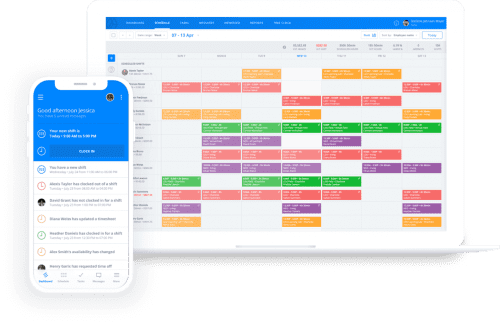
Restaurant culture matters because it’s the “everyday life” of your team and your business as a whole.
From your employees’ point of view, restaurant culture is the atmosphere and dynamic they experience with their coworkers, supervisors, and managers.
When your employees feel comfortable within your restaurant culture, they are more likely to enjoy their time at work, develop better relationships, and be more productive.
That translates into a better overall experience for your customers.
Gift cards can serve as both a marketing tool and an incentive for new and existing customers to frequent your establishment.
Position your gift cards at the point of sale, advertise them prominently on your social media and digital platforms, and encourage your staff to mention them frequently as a way to plant the idea in your customers’ heads.
Take advantage of the rising popularity of brunch — the meal between breakfast and lunch — by offering such an experience to your customers.
Successful brunch offerings usually include adult beverages, some combination of breakfast and lunch fare, and a fun vibe to encourage large groups to attend.
Tastings and classes are a great way to get diners through the doors to experience another side of your restaurant.
You may choose to offer a sample menu of your restaurant specialties — both food and drink — or go the other route and teach your guest how to prepare one of your dishes.
There are many ways to run tastings and classes, so put on your thinking cap and come up with an option that works well for your business.

Locally sourced food is a trend that’s not going away any time soon. It’s better for the environment and is often fresher than food that’s been frozen or traveled a long way to your tables.
If this is something new for your restaurant, consider educating your customers by including some information on the menu or on a table tent that all can read.
Staying on top of popular trends allows you to tailor your restaurant offerings so that they satisfy the demands of your diners.
One of the easiest ways to identify a trend is to listen to what your customers are asking for. Make note of things you don’t yet offer that customers want and pay attention to their feedback on current offerings so you can get ahead of the curve.
If your restaurant is in an area with a lot of pedestrians, try putting together a street team to advertise your business.
Have them hand out flyers or wear sandwich boards that entice passers-by to stop in and sample your food.
Make sure your team is friendly and consider including a “hook” (e.g., children eat free or wine is half price) to motivate customers to head your way.
Get creative with your restaurant marketing and plaster your name in underutilized areas, such as public bathrooms, bus huts, and on the sides of vehicles.
As an owner or manager, you’ll be sending out plenty of emails.
Take advantage of this activity and create an engaging email signature that includes a call to action, such as, “Follow us on Twitter,” or “Join our Facebook community for daily deals.”
If you have food that doesn’t travel well once prepared, you might try creating DIY kits that include all the ingredients and instructions for customers to make their favorite meal at home.
Appeal to a broader client base by including vegan and gluten-free options on your menu. Be sure to include the fact that you offer this type of food in all your restaurant marketing material.
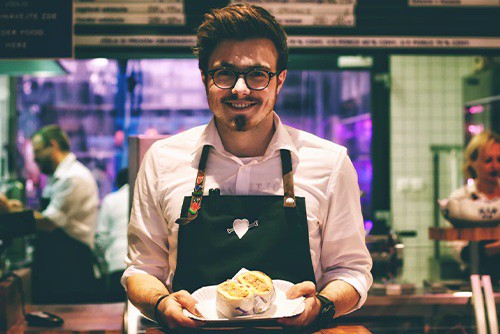
When it comes right down to it, the best restaurant marketing happens in-house between your customers and your staff.
That’s why it’s imperative that you don’t forget the power of super service and the buzz it can provide to your restaurant marketing efforts. To get the best from your service staff, schedule the right mix during peak traffic hours.
Schedule your most efficient team members when time is at a premium (i.e., lunch). And schedule your most personable team members when diners are more likely to linger (i.e., dinner).
Having trouble scheduling to highlight your super service? The Sling restaurant scheduling app can simplify and streamline the process like never before.
No matter the size of your business, Sling helps you build your team’s work schedules in minutes rather than hours.
With Sling’s powerful suite of tools, you can:
The built-in artificial intelligence will even notify you of overlapping shifts, double bookings, and other mistakes in your schedule.
Sling truly is an all-in-one, turnkey solution for creating perfect employee schedules every time and improving your restaurant marketing in the process.
Right now, you can get everything you need to schedule employees and handle internal communication for teams of up to 50 for free by creating an account on our website.
And for more resources to help you manage your business better, organize and schedule your team, and track and calculate labor costs, visit GetSling.com today.
See Here For Last Updated Dates: Link
This content is for informational purposes and is not intended as legal, tax, HR or any other professional advice. Please contact an attorney or other professional for specific advice.
Schedule faster, communicate better, get things done.